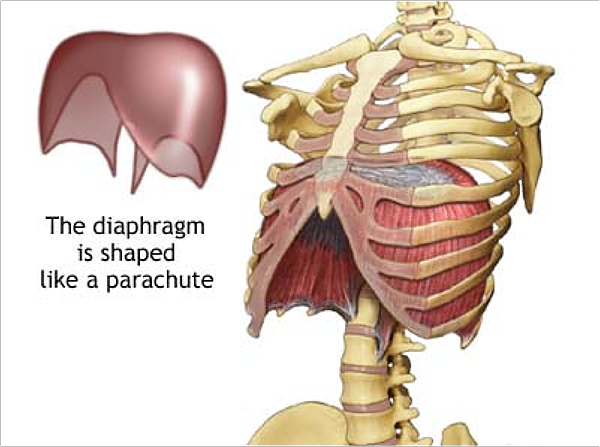One of our key principles in Pilates and Aerial Yoga is the importance of the breath! Joseph Pilates was quoted as saying “I don’t care if you get everything else wrong, as long as you get the breath right first”!
The focus and purpose of breathing well with Pilates is important, not only to isolate your abdominal muscles and pelvic floor, but also to release tight, tense muscles in your body, whilst creating trunk, pelvis and spinal alignment with control as you move. Your practice with Pilates will compliment all other aspects of your Aerial Yoga and Group Fitness classes.
As you arrive into your class and sit or lie on your Mat, becoming present and focused before starting your movement will help your mind to connect and focus on your body. Leave the outside world behind you as you arrive in class and take the time out you deserve, to focus on you.
Breathing also “exercises” your lungs and increases oxygen uptake, improving the immune system and facilitates learning fine motor control to improve co-ordination and helps isolate specific muscles, particularly in the diaphragm which contracts and flattens when you inhale. This creates a vacuum effect that pulls air into the lungs. When you exhale, the diaphragm relaxes and the air is pushed out of lungs. See image below of what your diaphragm looks like.
Breathing also helps bring the body to a relaxed state and takes your mind off the day, helping you to take this time out and focus on your movement further bringing you to a relaxed state of body and mind.
Practice your breathing regularly:
Lying down, feet flat, hips level with your pubic bone, arms and hands by your side looking at the ceiling, shoulders relaxed, chest open, neck relaxed. Allow your shoulders to relax away from your ears and try to have a sensation of elongating and lengthening your head away from your shoulders and pelvis. Keep your spine in neutral, your buttocks relaxed and abdominals relaxed and flat as you soften your ribs.
Breathe into the lowest part of your lungs and the back of your back, expanding your ribcage wide like an accordion and as you breathe out, feel the ribcage drawing in, as if pulling your belt in by a notch. Breathe out as much air from your lungs as possible, but don’t strain your breath, keep it relaxed and soft. As you breathe out here, draw the ribs softly down towards your hips, pull up with you pelvic floor and draw your navel gently to your spine. Concentrate on keeping the body relaxed.
If you are struggling with your breath, and not sure what to feel, ask one of our team to assist you privately for a 10-20 minute private session.


